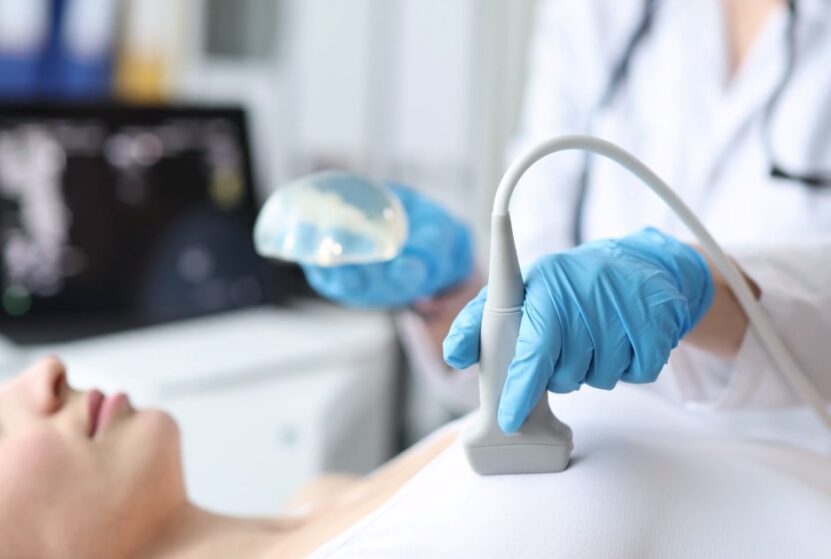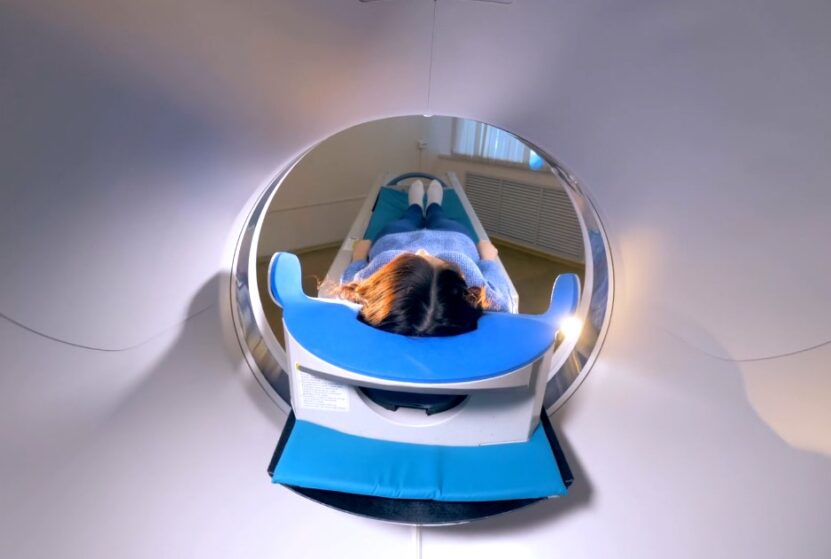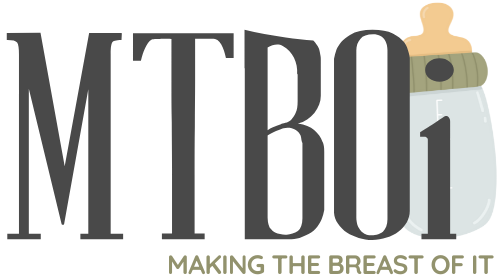Breast cancer is a major health concern that affects millions of women worldwide. Early detection is key to improving survival rates and overall prognosis. For women with breast implants, it is crucial to understand how to properly check for breast cancer, as the presence of implants can make the detection process more challenging.
This comprehensive guide will walk you through everything you need to know about checking for breast cancer with implants, ensuring you are well-equipped to take control of your breast health.
The Basics of Breast Implants
Breast implants are medical devices placed under the breast tissue or chest muscle to increase breast size or restore breast volume after weight loss, pregnancy, or mastectomy. There are two types of breast implants: saline and silicone. Saline types are filled with sterile salt water, while silicone types are filled with silicone gel.
How Breast Implants Impact Breast Cancer Detection
Breast implants can make it more difficult to detect breast cancer, as they can sometimes obscure cancerous tissue during a mammogram. However, this does not mean that women with implants are at a higher risk of developing breast cancer.
In fact, studies have shown no significant difference in breast cancer risk between women with and without implants. That being said, it is essential for women with breast implants to be vigilant about breast cancer screening and detection.
Techniques for Checking for Breast Cancer With Implants
1. Breast Self-Exams (BSE)

Breast self-exams are an essential part of breast cancer detection for all women, including those with breast implants. Women with implants should perform a BSE once a month, preferably at the same time each month. To perform a BSE, follow these steps:
- Stand in front of a mirror with your arms at your sides. Look for changes in the size, shape, or position of your breasts, as well as any skin changes, dimpling, or nipple discharge.
- Raise your arms above your head and continue to look for any changes.
- Lie down on your back with a pillow under your right shoulder. Use your left hand to examine your right breast, using the pads of your fingers to feel for any lumps or thickening.
- Move your fingers in small, circular motions, covering the entire breast and the surrounding area, including the armpit. Be sure to apply light, medium, and firm pressure to feel for abnormalities at different depths.
- Repeat the examination on your left breast with a pillow under your left shoulder and using your right hand.
2. Clinical Breast Exams (CBE)
A clinical breast exam is a physical examination of the breasts performed by a healthcare professional. Women with breast implants should schedule a CBE at least once a year. During a CBE, the healthcare provider will thoroughly examine the breasts for any lumps, changes in size or shape, or other irregularities.
3. Ultrasound

Breast ultrasound is another imaging technique that can be used to detect breast cancer in women with implants. Ultrasound uses high-frequency sound waves to create images of the breast tissue, allowing healthcare providers to identify any abnormalities. Ultrasound can be especially helpful in detecting cancers that may be hidden by the implant during a mammogram. It is often used as a supplemental screening tool in conjunction with mammography.
4. Mammography and Other Imaging Tests
Mammography is the primary method of breast cancer screening. Women with breast implants should inform the mammogram technician about their implants before the procedure. This is crucial, as special techniques and additional views may be required to ensure the most accurate results. In some cases, the mammogram technician may slightly displace the implant to obtain a clearer view of the breast tissue.
It’s important to note that mammograms are safe for women with breast implants, as the amount of pressure applied during the procedure is unlikely to cause damage to the implant.
5. Magnetic Resonance Imaging (MRI)

MRI is an advanced imaging method that can provide highly detailed images of breast tissue. It is particularly useful for women with breast implants, as it can detect breast cancer in areas that may be obscured by the implant during a mammogram.
The American Cancer Society recommends that women with silicone breast implants receive an MRI three years after implantation and every two years thereafter to check for implant rupture and potential complications. It is important to discuss with your healthcare provider whether an MRI is appropriate for your specific situation.
Breast Cancer Symptoms to Watch For
In addition to regular self-exams and clinical breast exams, women with breast implants should be aware of the following breast cancer symptoms:
- A lump or thickening in the breast or underarm area
- Swelling or warmth in the breast
- Dimpling or puckering of the skin
- Changes in the size or shape of the breast
- Inverted nipple or nipple discharge
- Redness, scaliness, or irritation of the breast skin or nipple
If you notice any of these symptoms, consult your healthcare provider as soon as possible for further evaluation.
Tips for Maintaining Breast Health With Implants

To ensure optimal breast health with implants, consider the following tips:
- Schedule regular check-ups with your healthcare provider and discuss any concerns or changes in your breast health.
- Maintain a healthy lifestyle, including a balanced diet, regular exercise, and limited alcohol consumption.
- Know your family history of breast cancer and discuss it with your healthcare provider to determine your individual risk.
- Consider supplemental screening methods, such as ultrasound or MRI, if recommended by your healthcare provider.
- Be proactive about your breast health by performing regular self-exams and scheduling annual clinical breast exams.
Final Words
Breast cancer detection and prevention are crucial for all women, including those with breast implants. By staying vigilant about your breast health, performing regular self-exams, and scheduling routine check-ups with your healthcare provider, you can take control of your breast health and catch potential issues early.
Remember that breast implants do not increase your risk of breast cancer but can make the detection process more challenging. By understanding the techniques for checking for breast cancer with implants and being aware of potential symptoms, you can help ensure early detection and improved outcomes.

